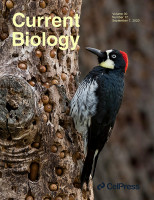An extremely well-preserved europterid (Adelophthalmus pyrrhae sp. nov.) from the Carboniferous of Montagne Noire, France was studied in detail using microCT scans. The presence of trabeculae on the respiratory lamellae indicates that eurypterids were capable of breathing air. Further data suggest that horseshoe crabs were not secondarily aquatic.

